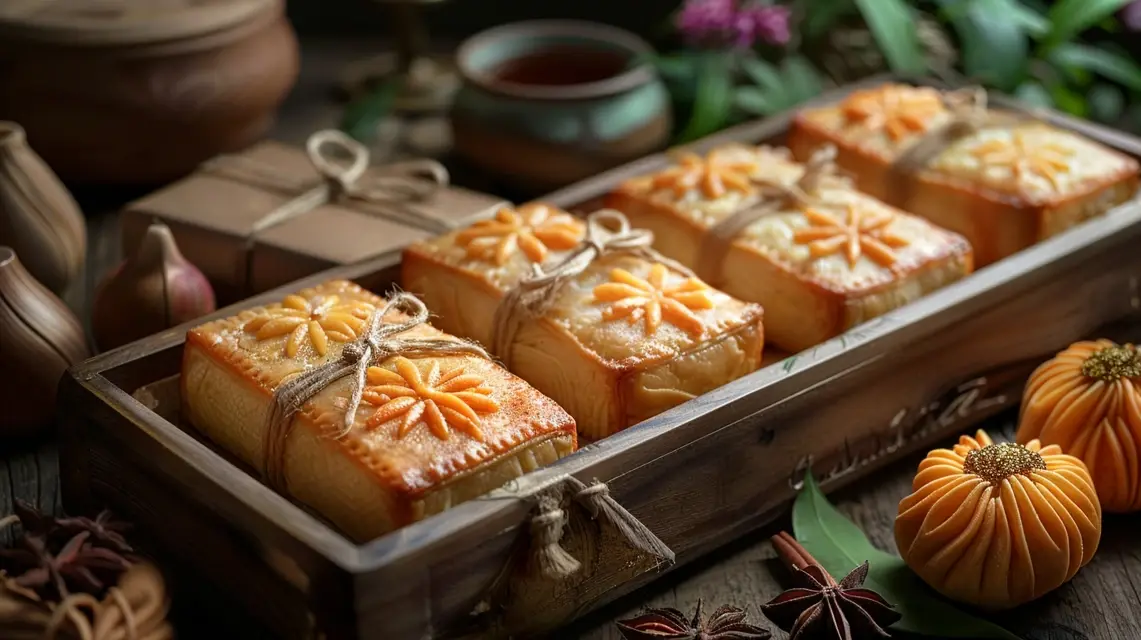Kataifi in Greek Orthodox Holiday Feasts
Greek Orthodox holiday feasts are known for their deep sense of tradition, spirituality, and communal celebration. Among the many dishes that grace the festive tables, kataifi holds a beloved place. With its delicate golden pastry threads, nut-filled center, and sweet syrup glaze, kataifi is more than a dessert—it is a symbol of faith, heritage, and the joy of sharing.
The Connection Between Kataifi and Orthodox Tradition
Kataifi is a dessert that often accompanies major religious holidays in Greece. Its presence on the table represents more than indulgence; it is tied to the spirit of togetherness that Greek Orthodox celebrations emphasize. Whether enjoyed after long church services or shared with family and friends, kataifi symbolizes abundance and the blessings of life.
A Dessert for Sacred Celebrations
Kataifi is prepared during several significant Orthodox feasts:
- Christmas: Served alongside other festive sweets, kataifi reflects the joy of Christ’s birth and the warmth of family gatherings.
- Easter: Complementing lamb feasts and dyed red eggs, kataifi offers sweetness after the Lenten fast.
- Name Days: Prepared to honor saints, kataifi is offered to guests as part of the celebration.
Kataifi’s Symbolism in Religious Feasts
The golden, thread-like pastry of kataifi can be seen as a metaphor for the weaving of community and faith. The syrup represents blessings, while the nuts inside symbolize fertility and prosperity—values celebrated during Orthodox holidays.
The Role of Family in Preserving Tradition
Holiday feasts are rarely complete without the effort of family kitchens. Preparing kataifi together before Orthodox holidays is both a culinary and spiritual practice. Families gather to bake large trays, ensuring there is enough for both relatives and guests. In doing so, they not only preserve recipes but also pass down faith and tradition to younger generations.
Homemade vs. Bakery Kataifi
While bakeries in Greece overflow with kataifi during the holiday season, many families continue to make it at home. Homemade kataifi carries special meaning, as it is infused with personal care, family recipes, and the joy of preparation.
Kataifi as a Gesture of Generosity
In line with Orthodox teachings of kindness and hospitality, kataifi is often shared with neighbors and visitors during holidays. Offering this dessert is an act of generosity, a sweet reminder of the season’s spiritual essence and communal values.
Conclusion: A Sweet Tradition of Faith and Celebration
Kataifi’s role in Greek Orthodox holiday feasts goes beyond flavor. It represents faith, family, and cultural heritage, making every bite a reminder of the sacred and joyous nature of the celebration. From Christmas to Easter, kataifi continues to be a symbol of unity and festive tradition.
Related reading: Learn more about cultural dessert customs in our Kataifi Dessert Traditions section.




